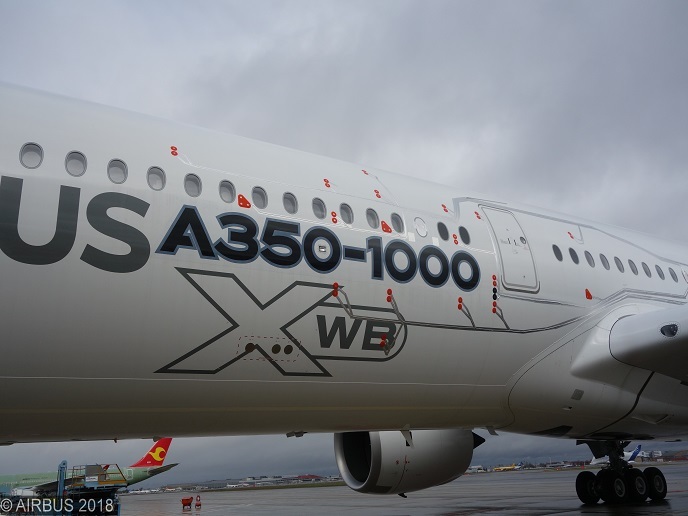Can supersonic aircraft be both fast and sustainable? An EU project is working on it
With their high speeds and iconic past, supersonic aircraft have long fascinated the public. But concerns over noise and environmental impact caused them to vanish from commercial skies. Now, as aerospace innovators worldwide look to bring back supersonic travel, the EU-funded SENECA project(opens in new window) asked: can a new generation of faster aircraft also be sustainable?
Balancing noise, emissions, and speed
Unlike conventional aircraft, supersonic engines operate with significantly smaller bypass ratios and higher jet velocities, resulting in greater take-off and landing noise. SENECA developed detailed aircraft and engine concepts, along with realistic mission profiles. These were modelled using a combination of analytical and empirical tools to evaluate noise emissions under various flight conditions. At the same time, the team mapped emissions and contrails from a hypothetical supersonic fleet to assess climate impact using advanced simulation models. The biggest design challenge? Finding a middle ground. Larger engine diameters reduce noise but increase drag. Smaller ones boost cruise efficiency but generate louder take-off noise. SENECA identified a variable nozzle design – opened during take-off and closed at cruise –as a key strategy to balance performance and noise. “The SENECA project has shown how supersonic aircraft can achieve the same noise regulations that apply to conventional aircraft, while increasing cruise efficiency,” explains Robert Jaron, SENECA project coordinator.
Why the focus is on airport noise, not sonic booms
While much public debate about supersonic flight revolves around the infamous sonic boom, SENECA focused on a different issue: noise near airports. “The sonic boom in cruise flight can primarily be reduced by adapting the design of the airframe, while the noise near the airport can be mitigated mainly by adapting the design of the engine and the take-off procedure,” says Jaron. It can be assumed that the first generation of new supersonic aircraft will not have solved the sonic boom problem and will therefore have to fly subsonic over land. Accordingly, the focus of noise pollution is on take-off and landing. SENECA addressed this with innovative take-off procedures – such as adjusted thrust profiles and delayed rotations – to minimise disruption near airports.
Wider benefits for aviation
Though SENECA specifically targeted the noise and emissions challenges of supersonic aircraft, some of the project's innovations could also benefit conventional subsonic aircraft. “Some of the technologies, such as variable nozzles and novel takeoff procedures, could certainly also bring benefits to regular commercial aviation,” notes Jaron. Reducing engine noise and improving efficiency during low-altitude operations is valuable across the board. In addition, SENECA’s findings on the trade-offs between engine design, noise levels, and fuel efficiency offer useful benchmarks for future aircraft development more broadly. Understanding how to balance these competing priorities is essential not only for supersonic design but also for improving sustainability across the aviation industry.
Shaping global rules for supersonic aviation
SENECA wasn’t just about engineering. The project also played a role in helping Europe contribute to international regulations. “The data from the SENECA project were used as a basis in the Committee on Aviation Environmental Protection (CAEP) working groups to define the new regulatory guidelines,” says Jaron. The team collaborated with CAEP and provided input to European Union Aviation Safety Agency (EASA) on technical questions. These insights helped shape how new supersonic aircraft will be certified –ensuring they return to service as sustainably as possible. By combining technical innovation with policy impact, SENECA has strengthened Europe’s leadership in shaping a sustainable future for high-speed aviation.
Keywords
SENECA, supersonic aircraft, emissions, variable nozzles, noise reduction, airport noise, engine design, sustainable aviation







